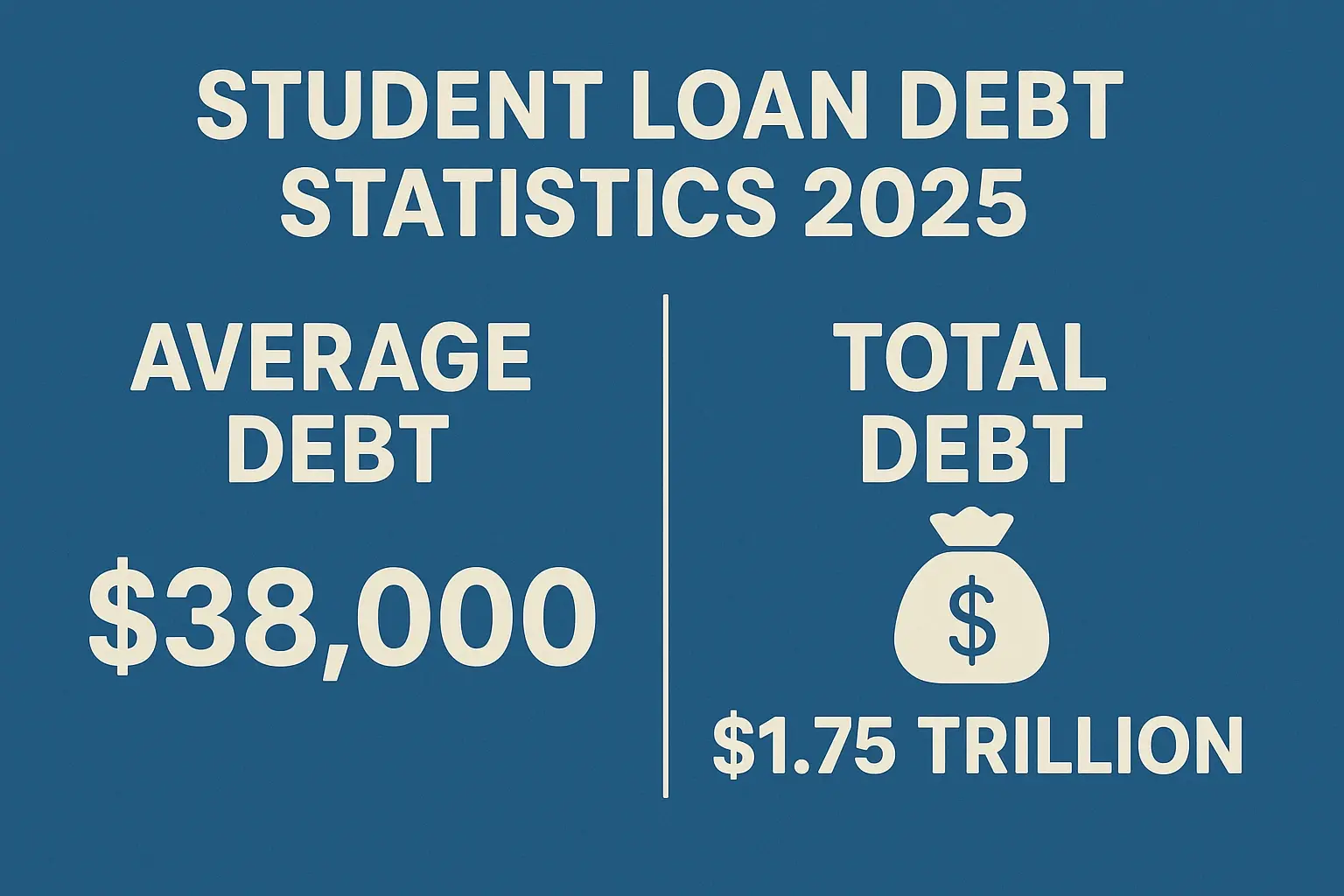-
Posted on: 25 May 2023

-
Your credit card is more than just a piece of plastic; it's a key to unlocking financial opportunities. One often overlooked, yet highly beneficial aspect of responsible credit card use is requesting a credit limit increase. This article will delve into the numerous advantages of a higher credit limit and how it can positively impact your financial well-being.
Understanding Credit Limits and Their Importance
Before we explore the benefits, let's define what a credit limit is. A credit limit represents the maximum amount of money you can charge to your credit card. It's determined by the card issuer based on several factors, including your credit score, income, credit history, and overall creditworthiness. A higher credit limit signals to lenders that you are a responsible borrower and can handle larger amounts of credit.
Factors Influencing Your Credit Limit
Understanding the factors that impact your credit limit is crucial for maximizing your chances of getting an increase. These include:
- Credit Score: A good to excellent credit score (typically 670 or higher) significantly increases your chances.
- Income: Higher income demonstrates your ability to repay debt.
- Credit History: A long and positive credit history shows responsible credit management.
- Debt-to-Income Ratio (DTI): A lower DTI indicates you're not overextended.
- Payment History: Consistently paying your bills on time is paramount.
The Key Benefits of a Credit Limit Increase
A credit limit increase can offer a multitude of financial advantages, impacting your credit score, purchasing power, and overall financial flexibility.
1. Improved Credit Utilization Ratio
The credit utilization ratio (CUR) is a critical factor in determining your credit score. It's calculated by dividing your outstanding credit card balances by your total available credit. Experts recommend keeping your CUR below 30%, and ideally below 10%, for optimal credit scoring. A higher credit limit can dramatically reduce your CUR, even if your spending remains the same. For example:
Imagine you have a $1,000 credit limit and consistently carry a $500 balance. Your CUR is 50% (500/1000). This could negatively impact your credit score. Now, let's say you get your credit limit increased to $2,000. With the same $500 balance, your CUR drops to 25% (500/2000), which is within the recommended range and can positively influence your credit score.
Maintaining a lower CUR demonstrates responsible credit management and signals to lenders that you are not overly reliant on credit.
2. Increased Purchasing Power
A higher credit limit provides greater purchasing power, allowing you to make larger purchases or handle unexpected expenses without maxing out your card. This can be particularly helpful for:
- Emergency expenses: Unexpected car repairs, medical bills, or home repairs.
- Large purchases: Appliances, furniture, or travel expenses (especially when taking advantage of rewards or cashback offers).
- Taking advantage of limited-time offers: Sales or promotions that require a higher spending capacity.
However, it's crucial to exercise caution and avoid overspending simply because you have a higher limit. Stick to your budget and avoid accumulating unnecessary debt.
3. Enhanced Financial Flexibility
A higher credit limit provides greater financial flexibility, allowing you to manage your cash flow more effectively. You can use your credit card for everyday expenses and pay it off in full each month, leveraging the grace period and avoiding interest charges. This can free up cash for other financial goals, such as investments or savings.
Furthermore, a higher limit can provide a safety net in case of unexpected income disruptions or financial emergencies.
4. Potential for Better Rewards and Perks
In some cases, increasing your credit limit might unlock access to better rewards programs or credit card perks. Some card issuers offer higher rewards rates or exclusive benefits to cardholders with higher credit lines. This can translate into significant savings or added value over time.
Check with your card issuer to see if a credit limit increase will qualify you for any enhanced benefits.
5. Positive Impact on Creditworthiness
A higher credit limit, when used responsibly, can signal to lenders that you are a creditworthy borrower. It demonstrates your ability to manage larger amounts of credit and your commitment to responsible financial behavior. This can make you a more attractive candidate for future loans, mortgages, or other credit products.
How to Request a Credit Limit Increase
Requesting a credit limit increase is usually a straightforward process. Here's a step-by-step guide:
- Check Your Credit Score: Before applying, review your credit report and score to ensure there are no errors or negative marks. Address any issues before proceeding.
- Review Your Credit Card Agreement: Familiarize yourself with your card issuer's policies regarding credit limit increases. Some issuers have specific requirements or restrictions.
- Contact Your Card Issuer: You can typically request an increase online, through the card issuer's mobile app, or by calling customer service.
- Provide Accurate Information: Be prepared to provide updated information about your income, employment status, and expenses.
- Highlight Responsible Credit Use: Emphasize your history of on-time payments and responsible credit management.
- State Your Reason for the Increase: Clearly explain why you need a higher credit limit. Whether it's for increased purchasing power, managing expenses, or lowering your credit utilization ratio, providing a valid reason can strengthen your request.
- Be Prepared for a Hard Inquiry: Some card issuers may perform a hard inquiry on your credit report when you request a credit limit increase. This can slightly lower your credit score temporarily, but the long-term benefits of a higher limit often outweigh the short-term impact. (Some issuers may only perform a soft inquiry, ask before applying!)
Tips for Increasing Your Chances of Approval
To maximize your chances of getting approved for a credit limit increase, consider the following tips:
- Maintain a good credit score: Pay bills on time and keep your credit utilization low.
- Demonstrate consistent income: Provide proof of income if requested.
- Show responsible credit card use: Avoid maxing out your card and pay your balance in full each month whenever possible.
- Wait a reasonable amount of time between requests: Avoid requesting increases too frequently, as this can be perceived as a sign of financial instability. Typically, waiting 6-12 months between requests is advisable.
- Address any negative marks on your credit report: Dispute errors or take steps to improve your credit score before applying.
The Risks of a Credit Limit Increase
While a credit limit increase offers numerous benefits, it's important to be aware of the potential risks:
- Increased temptation to overspend: A higher limit can lead to impulsive spending and accumulating unnecessary debt.
- Potential for higher interest charges: If you carry a balance, a higher limit means you could potentially accrue more interest charges.
- Risk of damaging your credit score: Maxing out a higher limit can significantly harm your credit score and offset the benefits of a lower credit utilization ratio.
Responsible Credit Card Use is Key
The key to maximizing the benefits of a credit limit increase is responsible credit card use. Avoid overspending, pay your bills on time, and strive to pay your balance in full each month. Treat your credit card as a convenient payment tool, not a source of free money. By practicing responsible credit habits, you can unlock your credit potential and achieve your financial goals.
Alternatives to a Credit Limit Increase
If you're denied a credit limit increase, or if you're concerned about the potential risks, consider these alternatives:
- Balance Transfer: Transfer high-interest balances to a card with a lower interest rate.
- Debt Consolidation Loan: Consolidate multiple debts into a single loan with a fixed interest rate.
- Personal Loan: Use a personal loan for large purchases or unexpected expenses.
- Budgeting and Expense Tracking: Improve your budgeting skills and track your expenses to better manage your finances.










